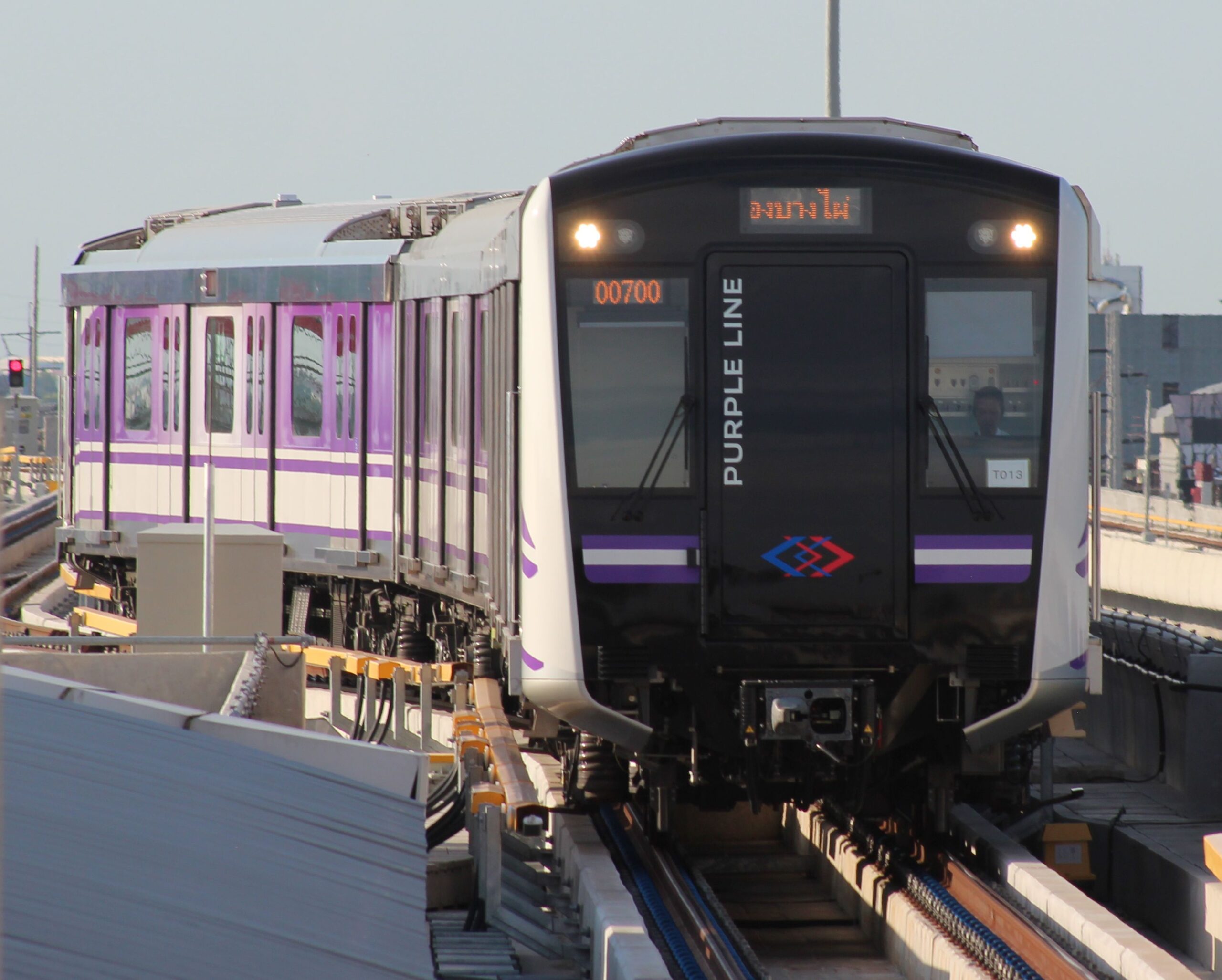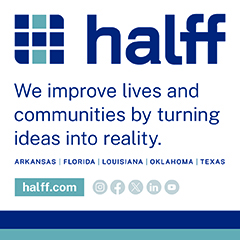Maryland is planning to spend billions on transit systems, improving public safety and upgrading transportation infrastructure in the coming years.
The state’s governor, Wes Moore, is proposing $3.63 billion in state and federal funding for improving transportation infrastructure, operations and maintenance in 2026. If approved by the legislature, the transportation funding seeks to address a variety of transportation-related problems and serve as a highlight for the governor’s Fiscal Year (FY) 2026 Budget Proposal.
Overall, the proposed budget plans on spending approximately $67.3 billion to grow Maryland’s economy, strengthen the incoming workforce, modernize government operations and revitalize the state’s tax system. The budget will also address structural deficits in the capital budget for 2026 while maintaining a Rainy Day Fund balance of 8% and reversing a projected cash shortfall of $2.95 billion to a positive cash ending balance.
RELATED: Maryland governor unveils economic growth plan for 2025 legislative session
One of the main priorities of this proposed budget, transportation, will see $3.63 billion in funding split between state and federal sources. Most of the funding will directly benefit the Maryland Department of Transportation (MDOT), its operations and other state- and local-led efforts to build and maintain transportation infrastructure.
Under the proposed budget, the state will contribute $1.67 billion to support MDOT’s capital budget with federal sources comprising the remaining 36 %, or $1.3 billion. The budget also lists several additional funding sources for transportation, totaling $660 million, including county project contributions, special user fees and federal funds from the Washington Metropolitan Area Transit Authority.
MDOT will utilize the funding to build, upgrade and maintain the state’s transportation systems, including roads, bridges, motor vehicle facilities, transit networks and mobility services. The combination of funding will also support future infrastructure projects at the Port of Baltimore, Baltimore/Washington International (BWI)/Thurgood Marshall Airport, the Martin State Airport and other small airports around the state.
Several other state, regional and local transit agencies will benefit from additional investments in the new budget.
The State Highway Administration (SHA) is poised for the largest of these transportation investments, $1.07 billion. The funding will support SHA’s capital program and advance several transportation projects that improve safety, maintain roads and upgrade roadways throughout Maryland.
The budget proposes the second largest allocation, $775.2 million, to the Maryland Transit Administration (MTA). The funding, which would comprise MTA’s FY 2025 capital budget, will finance an array of major transportation projects, highlighted by $171 million for the construction of Purple Line light rail and $80.4 million for the procurement of hybrid and zero emissions bus fleets.
All remaining transportation authorities and respective funding allocations are as follows:
- $523.6 million for the Washington Metropolitan Area Transit Authority to comprise the FY 2026 capital budget.
- $428.3 million for the Maryland Port Administration’s capital budget. The funding would include $119.7 million in federal funding for the Howard Street Tunnel Project and $125.6 million to the Mid-Chesapeake Bay Island Ecosystem Restoration project.
- $322.2 million for the Maryland Aviation Administration to fulfill the operating and capital budget, advance the replacement of an air traffic control tower at Martin State Airport and support additional projects at BWI/Thurgood Marshall Airport.
- $36.2 million to the Secretary’s Office for the Kim Lamphier Bikeways Network Program, Transit Oriented Grant Program, Transportation Emission Reduction Program and capital budget.
- $25.5 million for the Motor Vehicle Administration to supplement the capital budget and pursue two initiatives – Central Document Processing System Preservation and Computer Equipment System Preservation.
In addition to transportation funding, the complete FY 2026 Budget Proposal intends to prioritize funding to communities, industries and businesses that grow opportunities for the middle class and pave a pathway for all residents to work, travel and build economic prosperity. Both federal and state transportation funding and investments seeking to improve transit services will play a vital role in accomplishing this mission.
The Governor’s proposed budget for 2026, including its new fees and tax changes, still has work to do, however, requiring approval by the Maryland General Assembly prior to implementation. The proposed budget has been made available digitally and can be found here.
Photo courtesy Rsa, CC BY-SA 3.0 http://creativecommons.org/licenses/by-sa/3.0/, via Wikimedia Commons













